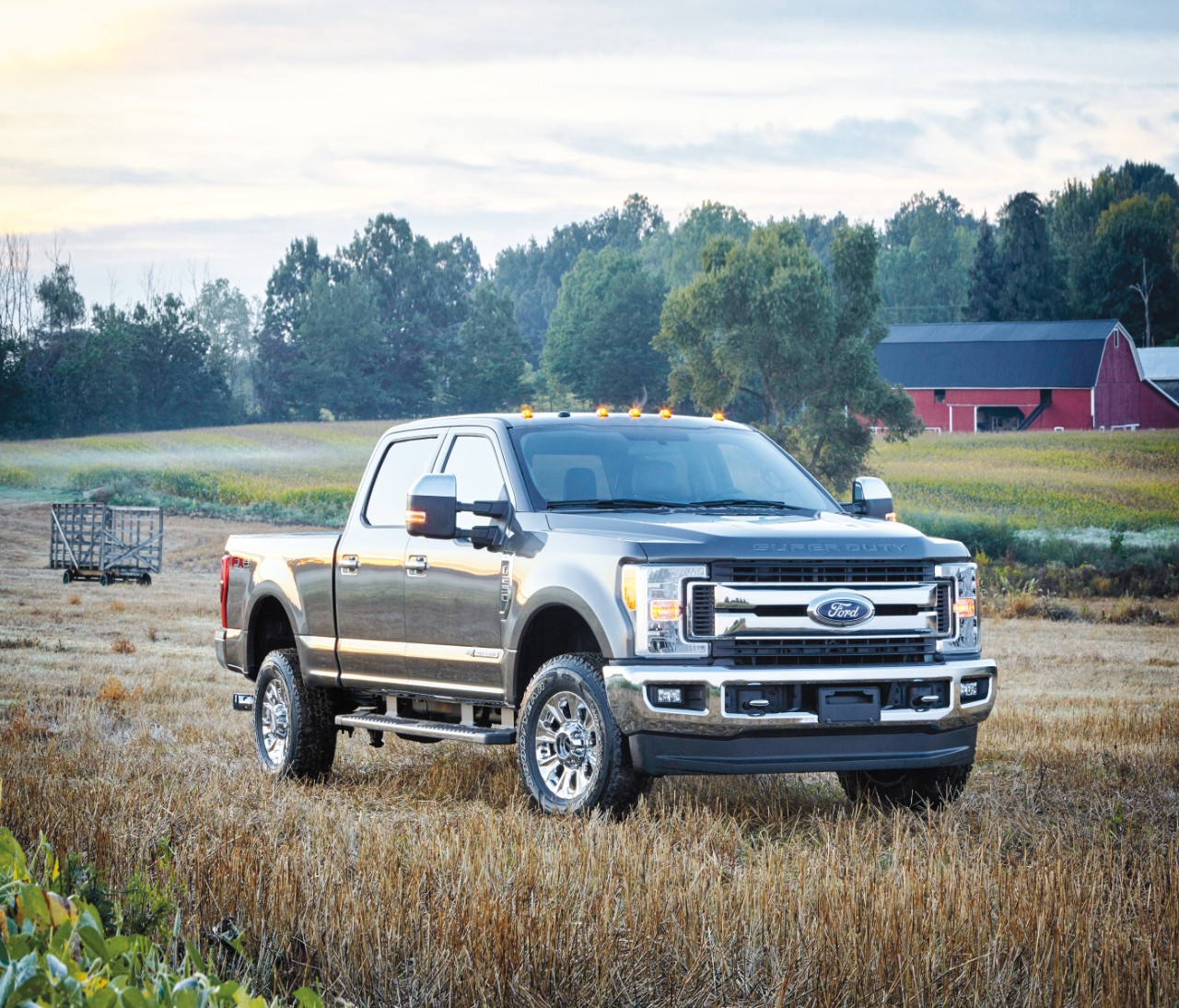Fleets, Hurricane Drive Ford’s U.S. Sales Gain in September
The automaker says about a third of its sales increase can be credited to post-Harvey demand in Houston, but even without that bump the market overall was strong in the month.

Fleet sales, strong F-Series demand and positive effects from Hurricane Harvey helped drive Ford to a solid 4.3% gain in U.S. daily sales in September (26 selling days this year vs. 25 in like-2016), according to WardsAuto data.
The performance was a reflection of the industry overall, which Ford officials say likely is to turn in a whopping 18.2 million-18.3 million seasonally adjusted annual rate for the month, including medium- and heavy-duty trucks. That pace was achieved despite what is seen as only modest incentive increases for the month.
Ford light-duty-vehicle volume totaled 215,366 units in September, up 8.5% from 198,547 year-ago. That resulted from a 25.1% jump in fleet deliveries and more modest 4.4% rise in retail sales, Ford says.
The bulge in fleet orders appeared to help the Ford brand the most, with sales jumping 4.7% daily amid strong showings from fleet stalwarts such as the Fusion (down less than 1%) and C-Max (up 1.2%). The Focus (up 1.2%) also had a relatively hot month, with retail sales jumping 8.3% in part due to its ST and RS performance models, which year-to-date are up 12% combined, Ford says.
The fleet bump came mostly from the commercial sector, up 3.3 points to 12.4% of the total, while government and rental largely were flat. The automaker expects another year-over-year jump in fleet deliveries in October, but says the sector remains on pace to record a 29% share of sales overall, about on par with its 9-month tally and start-of-the-year forecasts.
Ford believes the positive effect from demand caused by Hurricane Harvey in Houston, offset somewhat from a decline in showroom traffic in Florida due to Hurricane Irma, accounted for about a third of its overall 18,000-unit increase in volume in September.
“It was a strong month regardless of the hurricane effect,” says Mark LaNeve, vice president-U.S. marketing, sales and service.
Car sales for the Ford and Lincoln brands combined were down 5.1% daily for the month, but that was a positive performance given the 17.3% volume decline for the first nine months.
Trucks had a huge month, gaining 19.9% to 103,625 units, according to Ford data, on the strength of solid daily sales gains by the F-Series pickup (16.2%), E-Series van (13.6%) and Transit (20.6%), which posted its best September ever.
“It was an excellent month for pickups,” LaNeve says, noting the F-Series topped 80,000 units despite a drop in incentives from year-ago. “It’s rare to sell over 80,000 for month, and very rare in September.”
The CUV/SUV sector eked out a more modest 1.8% gain in volume to 68,705 units, but a string of models posted double-digit daily increases, including the Edge (6.9%), Explorer (6.5%), MKC (13.2%) and MKT (6.0%).
Lincoln Navigator sales rose 1.1%, and LaNeve says the automaker is seeing orders for the all-new ’18 model skew 70% to the two highest trim levels.
Overall, the Lincoln brand suffered a 3.8% drop in daily sales on a volume of 8,802 units, WardsAuto data shows, despite the strong showing on the utility-vehicle side. The only car to record an increase was the flagship Continental, with deliveries rising 6.3% daily.
Ford ended the month with 619,191 vehicles in inventory, equal to a 72-day supply, down from 650,928 and 80 days year-ago. Cars accounted for 135,471 of the total (71 days), well down from like-2016’s 152,541 (75 days). SUV inventory stood at 188,076 (71), compared with 184,409 (68) days year-ago. Truck inventories were in better shape compared with like-2016, at 295,644 units (74) vs. 313,978 (91).
“We’re pretty well balanced,” LaNeve says of Ford’s inventory picture, which he characterizes as even a touch lean. “We never felt like we were on the high side this year. At this point we would be looking at getting more production over the next six months, not less.”
[email protected] @DavidZoia
About the Author
You May Also Like